Artists
R255
‘Not since Lord Snowdon’s Private View in the sixties has such an important archive been produced to such impressive effect’ -Tatler
Showing 49–64 of 221 results
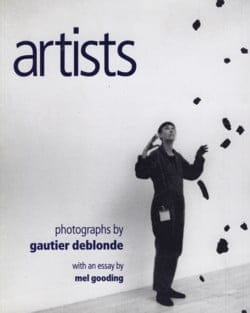
‘Not since Lord Snowdon’s Private View in the sixties has such an important archive been produced to such impressive effect’ -Tatler

800×600 Volume 4 is dedicated to the work of Ato Malinda who lives and works in Nairobi. Malinda has created a significant corpus of work which stands almost alone in the art world of East Africa. She is a performance artist, also working with the media of video, photography, installation and painting. Her work is…

Whether as performers or as spectators, more people enjoy dance today than ever before. Its extraordinary range extends from classical ballet and baroque court spectacles to avant-garde modern dance, tap, and ethnic dancing.

Debra Batzofin has been working in theatres since 1973 when she worked on the Ipi Tombi production. In the more than forty years since then she has worked on many of the most famous productions in South African theatre history.

This catalogue was published to accompany Berni Searle’s touring exhibition, Interlaced, at three European institutions – the Museum voor Moderne Kunst Arnhem in the Netherlands, 46 Nord 6 Est Frac Lorraine in Metz, France, and the Cultuurcentrum Brugge in Belgium. Searle’s newly commissioned work of the same title, a site-specific response to the city of…
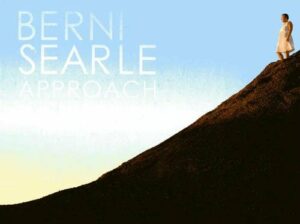
Berni Searle: Approach, is a multidimensional program with internationally celebrated South African artist, whose work in performance, photography, film and video installation address racial and gender inequities through the use of her body, personal histories and the construction of personal mythologies.
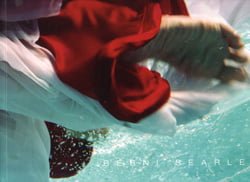
Catalogue for Standard bank Artist of the Year, Grahamstown Festival, 2003. “This essay explores the relationship between fantasy and reality in the visual narratives of Berni Searle, and the ways in which she uses the racialised and gendered concepts of both her body and the body politic to stage these narrative identities. The essay…
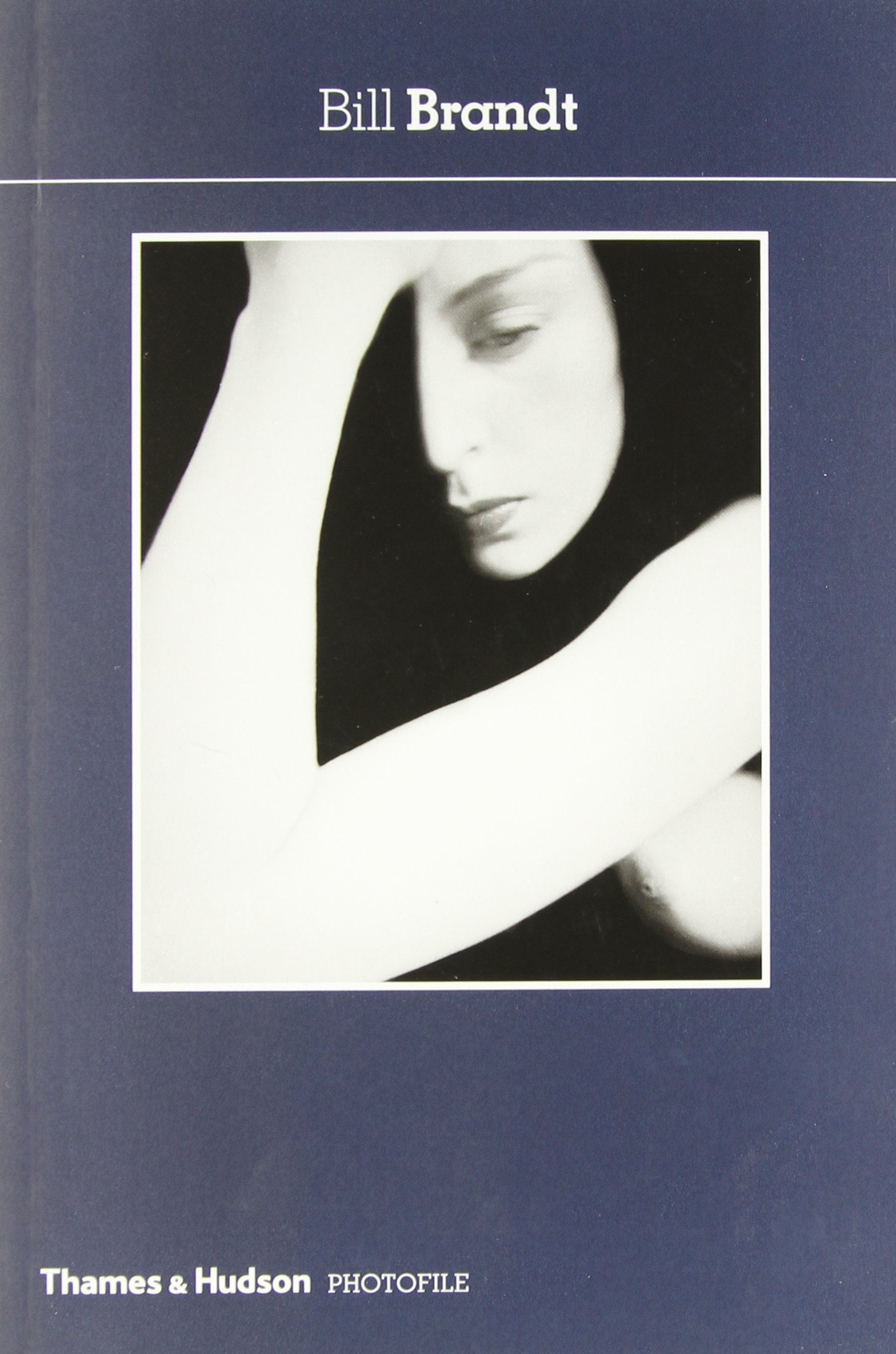
From pictures of London streets during the blackout and people sleeping in the Underground during the Blitz, from images of high society in pre-war Britain to moody, pared-down landscapes and elegant abstracted nudes, Bill Brandt’s photographs are imbued with strangeness and mystery, with a Surrealist touch, with rich connotations. This rich presentation is the perfect overview of his most memorable images.
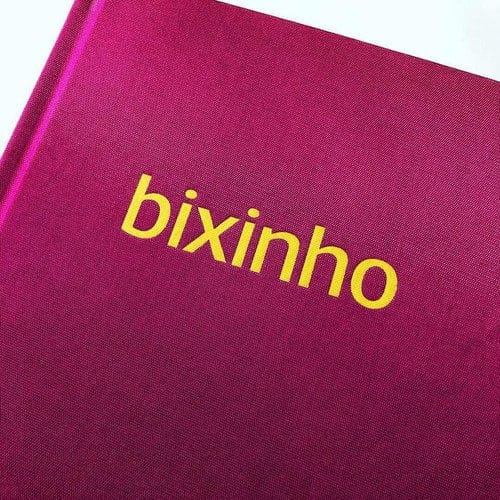
“Bixinho” is an affectionate term of northeastern Brazil, to refer to someone close, and it is about affection the images here present, about different affections: the affection of the photographers to the art of photography, the romantic-sexual affection between two lovers, the affection of friendship.
“These photos can be a gun for those who hate, for those who try to deny our very existence, our love, our family. But our intention is not to hurt-yes, we are fighters, but if our art, our bodies can be weapons we chose to fight side by side the ones who love, staying strong, staying together. In the midst of chaos, hope resists, Marielle Vive!”
“And our bodies become resistance, beyond any and every art.” (Raí Gandra, bixinho)


One of the most highly regarded and well known of all twentieth-century British artists, Stanley Spencer (1891-1959) is famous for two things. He immortalized the Berkshire village of Cookham, where he was born and spent most of his life. And he celebrated sex both on his canvases and through his unconventional understanding of relationships.

A member of the Camden Town group, Walter Sickert played a dynamic role in the development of British painting and the graphic arts.
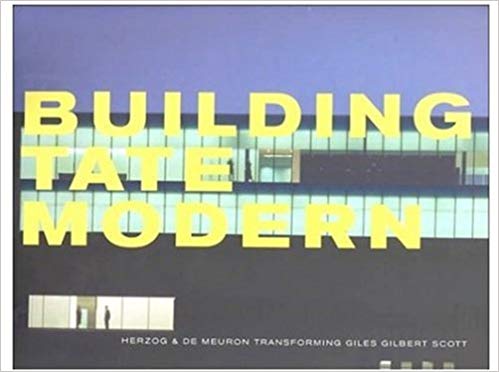
This work follows the transformation of Sir Giles Gilbert Scott’s brick power station, on Bankside, into the Tate Modern art gallery, by Swiss Architects Herzog & de Meuron. It presents a photographic account of every stage of the development and includes an interview with Jacques Herzog.

Photographs are used as documents, records and evidence every day in courtrooms and hospitals, on passports and driving licences. But how did photographs come to be established and accepted, what sort of agencies and institutions have the power to enforce this status and, more generally, what concept of photographic representation is entailed and what are its consequences?
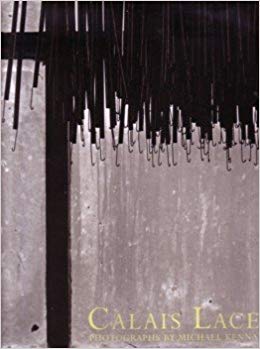
Since 1993 Michael Kenna has visited Calais many times and wandered at length throughout the town, photographing its urban landscapes and its proud industrious heart: the lace factories. On his first visit he met Annette Haudiquet, then head curator of the Musée des Beaux-Arts et de la Dentelle. It was during this meeting that the idea for the book Calais Lace, and the exhibition it accompanies, was born.
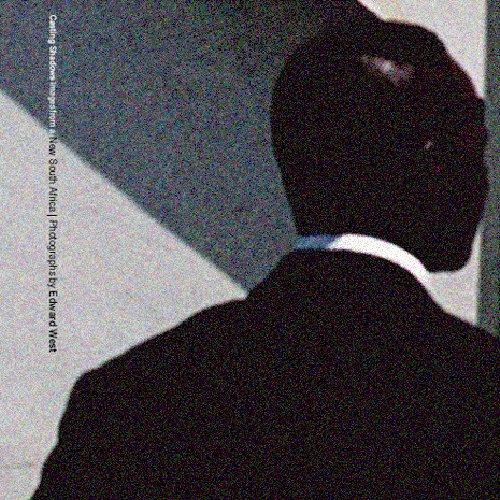
Edward West uses the metaphorical power of shadow to foreground the shifting visibility of South Africa’s black population post apartheid. From 1997-1999, he traveled in South Africa to photograph the country’s townships, squatter camps, and locations during this historic time of transition. In focusing on the private moments of these newly empowered people within their own communities, West has created a complex, visually compelling study of the ways in which identity is inextricably linked to environment. Utilizing the medium of photography in large scale color Giclee prints, West has developed a rich visual language built on the shadow metaphor that at once moves us and grounds us.
No products in the basket.